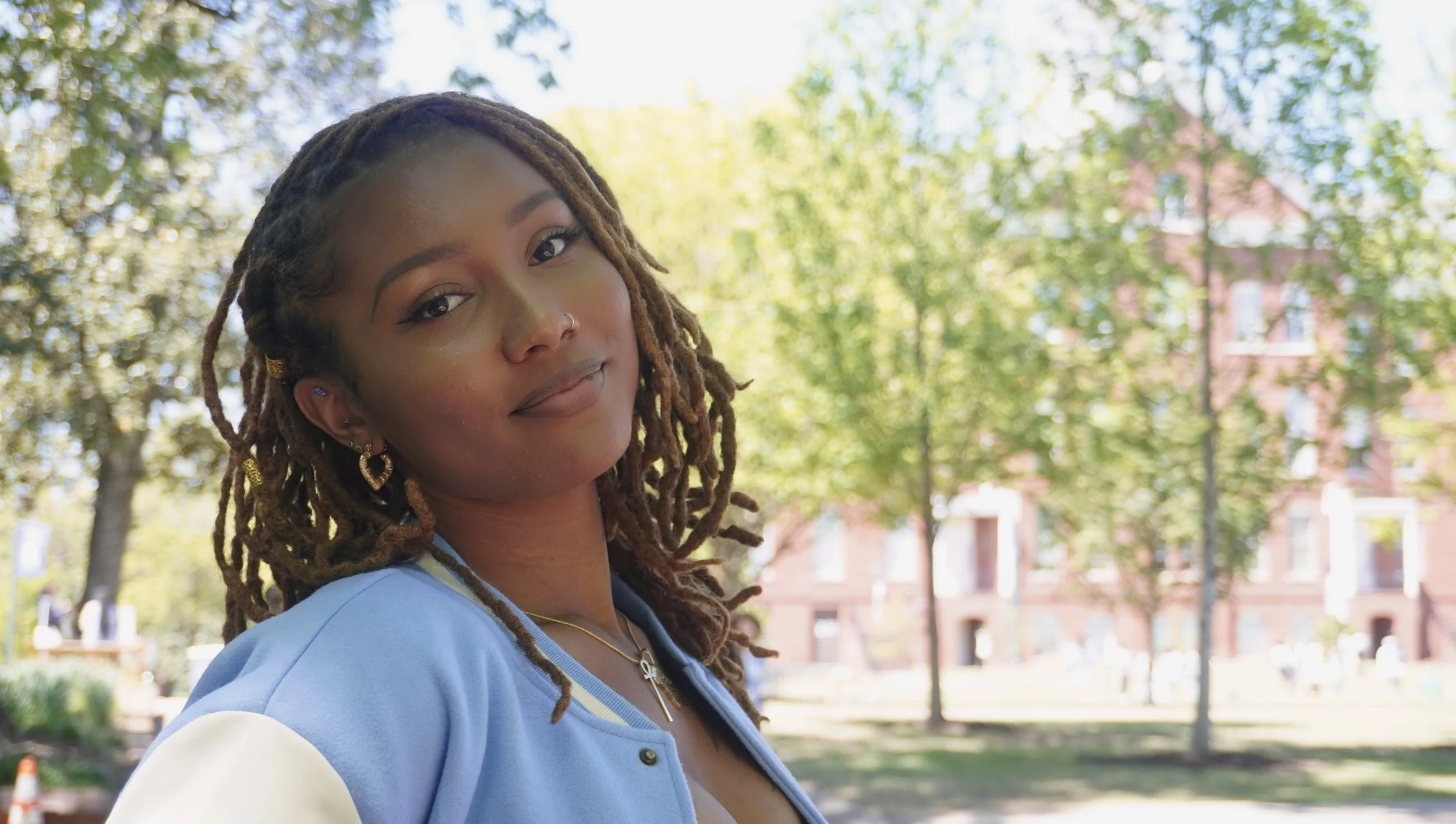Mahogany Couvson
English major, Oakland, CA & Brooklyn, NY
What draws you to this work? Why is studying Black girlhood important to you as a student at Spelman College?
As a student who is passionate about expanding artistic and academic platforms which center Black girlhood, I am interested in contributing to Spelman's anthological scholarship locating Black girls. I am inspired by much of the interdisciplinary spaces at Spelman, and I feel that the Black Girlhood Studies Fellowship beautifully aligns with the notion of advancing Black girl liberation through a plethora of disciplines. I am drawn to the creativity and (literary) artistry of Black girls, because our innovations depict our holistic truths--challenging the concept that we have monolithic experiences that are either reduced to trauma or unnuanced joy. I am looking forward to an endless becoming in this work.
abstract
Revolutionary Dreaming Issue Number Two, and first global edition (inviting Black girls ages 11-24 from any country to submit): All About Love's Universe (Chief Editor, Couvson, M.)
Zines hold a historical significance with regard to artistically amplifying a cause through self-published means (in addition to the fact that they are not for profit). Historic examples of zines include Ramdasha Bikceem’s Gunk, which elevated stories related to Black girls in punk, youthful angst, and skater culture. Additionally, although it was technically for profit, The Negro Motorist Greenbook operated similarly in that it was published at modest rates for the benefit of the Black public. In the spirit of contributing to an existing legacy of Black feminist intellectual artistry, Revolutionary Dreaming is a journal for Black girl literary artists; it works in service to Black girl poets and prose writers to engage storytelling as a method for healing, wellness, and self-portraiture. On the rare historical occasions that Black girls have been welcomed into the intimacies of their truths, they have not been granted a requisite unfiltered autonomy to dig into their complexities. Thus, the debut issue: “Internal Reparations: What do Black Girls Owe Themselves?” was an invitation for Black girls to profoundly examine their personal truths and not only uncover, but implement active remedies to internal harm. I was intentional about pulling from literary giant Dr. Nikki Giovanni’s poem Revolutionary Dreams to emphasize the importance of resisting a contrived construction of Black feminism. All ten of my contributors (ranging in ages 11-24, writing from coast to coast) exceeded my own personal revolutionary dreams with their brilliance, honesty, and care with which they engaged with themselves. Employing both poetry and prose, the forewords alongside the actual literary pieces provide raw reflections on the critical necessity of Black girls’ literary autonomy.

